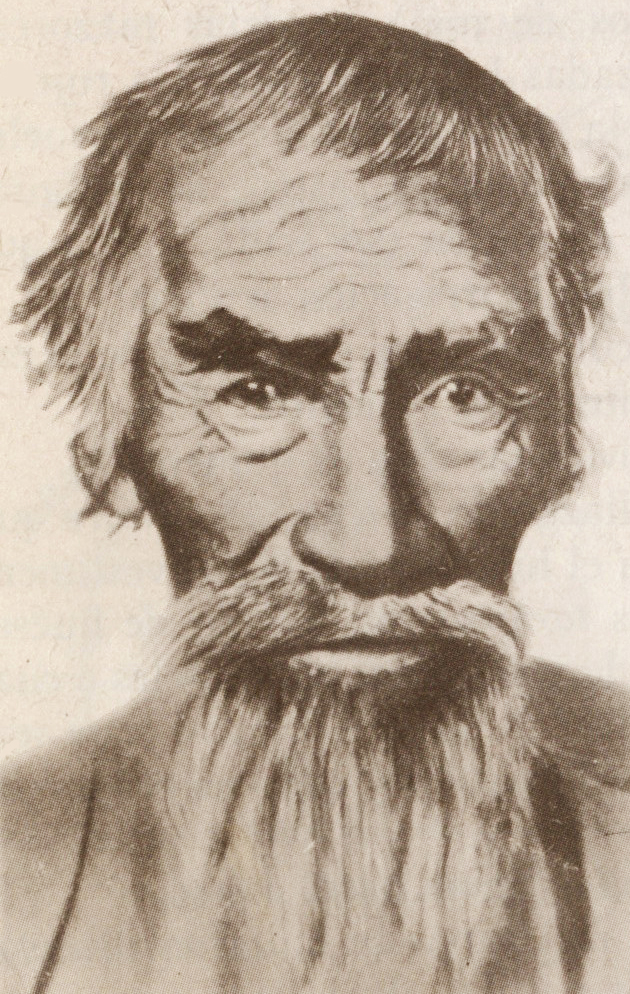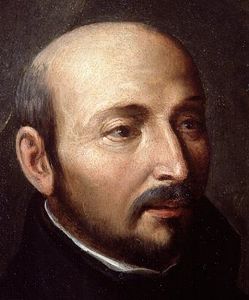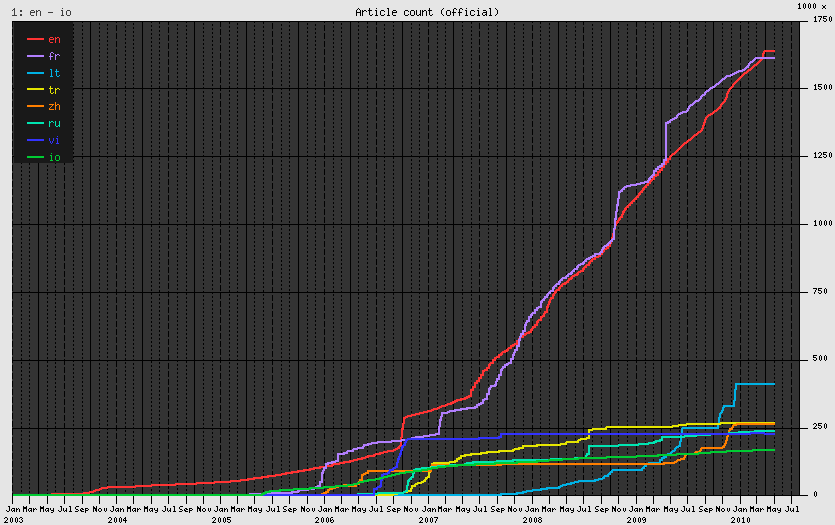|
Allentiac Language
Allentiac (Alyentiyak), also known as Huarpe (Warpe), was one of two known Warpean languages. It was native to Cuyo in Argentina, but was displaced to Chile in the late 16th century. Luis de Valdivia, a Jesuit missionary, wrote a grammar, vocabulary and religious texts.Márquez Miranda, Fernando. 1943. Los textos Millcayac del P. Luis de Valdivia con su vocabulario español-Allentiac = Millcayac. ''Revista del Museo de la Plata (Nueva Série): Antropología'' II: 61-223. The people became mestizo and lost their language soon after. References Huarpean languages Extinct languages of South America Languages of Argentina Languages of Chile Languages extinct in the 17th century {{na-lang-stub ... [...More Info...] [...Related Items...] OR: [Wikipedia] [Google] [Baidu] |
Argentina
Argentina (), officially the Argentine Republic ( es, link=no, República Argentina), is a country in the southern half of South America. Argentina covers an area of , making it the second-largest country in South America after Brazil, the fourth-largest country in the Americas, and the eighth-largest country in the world. It shares the bulk of the Southern Cone with Chile to the west, and is also bordered by Bolivia and Paraguay to the north, Brazil to the northeast, Uruguay and the South Atlantic Ocean to the east, and the Drake Passage to the south. Argentina is a federal state subdivided into twenty-three provinces, and one autonomous city, which is the federal capital and largest city of the nation, Buenos Aires. The provinces and the capital have their own constitutions, but exist under a federal system. Argentina claims sovereignty over the Falkland Islands, South Georgia and the South Sandwich Islands, and a part of Antarctica. The earliest recorded ... [...More Info...] [...Related Items...] OR: [Wikipedia] [Google] [Baidu] |
Chile
Chile, officially the Republic of Chile, is a country in the western part of South America. It is the southernmost country in the world, and the closest to Antarctica, occupying a long and narrow strip of land between the Andes to the east and the Pacific Ocean to the west. Chile covers an area of , with a population of 17.5 million as of 2017. It shares land borders with Peru to the north, Bolivia to the north-east, Argentina to the east, and the Drake Passage in the far south. Chile also controls the Pacific islands of Juan Fernández, Isla Salas y Gómez, Desventuradas, and Easter Island in Oceania. It also claims about of Antarctica under the Chilean Antarctic Territory. The country's capital and largest city is Santiago, and its national language is Spanish. Spain conquered and colonized the region in the mid-16th century, replacing Inca rule, but failing to conquer the independent Mapuche who inhabited what is now south-central Chile. In 1818, after ... [...More Info...] [...Related Items...] OR: [Wikipedia] [Google] [Baidu] |
Huarpe People
The Huarpes or Warpes are an indigenous people of Argentina, living in the Cuyo region. Some scholars assume that in the Huarpe language, this word means "sandy ground," but according to ''Arte y Vocabulario de la lengua general del Reino de Chile'', written by Andrés Febrés in Lima in 1765, the word ''Cuyo'' comes from Araucanian ''cuyum puulli'', meaning "sandy land" or "desert country". History Huarpe people settled in permanent villages beginning in the 5th century CE. About 50 to 100 people lived in a village, making them smaller than Diaguita settlements. They were agrarian people who grew corn (''Zea mays''), beans, squash, and quinoa (''Chenopodium quinoa'').Lewis 18 Towards the 15th century, Huarpe territory expanded into the current Argentinian provinces of San Luis, Mendoza and San Juan and even on the north of the Neuquen Province. They inhabited between the Jáchal River at north, to the Diamante River at south and between the Andes and Conlara Valley on San ... [...More Info...] [...Related Items...] OR: [Wikipedia] [Google] [Baidu] |
Huarpean Languages
Huarpe (''Warpe'') was a small language family of central Argentina (historic Cuyo Province) that consisted of two closely related languages. They are traditionally considered dialects, and include Allentiac (Alyentiyak, Huarpe) and Millcayac (Milykayak). A third, Puntano of San Luis, was not documented before the languages became extinct. Kaufman (1994) tentatively linked Huarpe to the Mura-Matanawi languages in a family he called ''Macro-Warpean''. However, he noted that "no systematic study" had been made, so that it is best to consider them independent families. Swadesh and Suárez both connected Huarpe to Macro-Jibaro, a possibility that has yet to be investigated. Varieties Loukotka (1968) Varieties classified by Loukotka (1968) as part of the Huarpe language cluster (all unattested unless noted otherwise, i.e. for Chiquiyama and Comechingon): *Oico / Holcotian - once spoken in Mendoza Province in the Diamante Valley. *Orcoyan / Oscollan - once spoken in the southern ... [...More Info...] [...Related Items...] OR: [Wikipedia] [Google] [Baidu] |
Cuyo Province
The Province of Cuyo was a historical province of Argentina. Created on 14 November 1813 by a decree issued by the Second Triumvirate, it had its capital in Mendoza, and was composed of the territories of the present-day Argentine provinces of Mendoza, San Juan and San Luis. For centuries in colonial times, the region was part of the Captaincy General of Chile, which at the time formed part of the Viceroyalty of Peru. In 1778, the territories under the jurisdiction of Santiago de Chile were divided: Cuyo was transferred to the Viceroyalty of the Río de la Plata, the last Viceroyalty of the Spanish Empire, created a short time before (in 1776) with its capital in Buenos Aires, while the territories of the Captaincy General of Chile lying west of the Andes remained part of the Viceroyalty of Peru. The first and foremost Governor of the Province of Cuyo was José de San Martín, who devoted his Governorship to the creation of the Army of the Andes The Army of the Andes ( es, Ej ... [...More Info...] [...Related Items...] OR: [Wikipedia] [Google] [Baidu] |
Luis De Valdivia
Luis de Valdivia (; 1560 – November 5, 1642) was a Spanish Jesuit missionary who defended the rights of the natives of Chile and pleaded for the reduction of the hostilities with the Mapuches in the Arauco War. Following the 1598 revolt of the Mapuche in Araucanía and their destruction of seven Spanish cities, Luis de Valdivia, successfully advocated the establishment of a border, and the replacement of military campaigns by missionary work that, from their point of view, would attempt the religious conquest of the rebellious Mapuche. His campaigns, called the Defensive War, aroused the initial support of the Spanish monarchy, but over the years it was considered a failure and left Valdivia in disrepute. Works Valdivia wrote a grammar, vocabulary and religious texts of the Huarpean languages. Some of his works include: ''Arte y gramatica general de la lengua que corre en todo el Reyno de Chile : con un vocabulario, y confessionario'' ima, 1606Sevilla, 1684. * ''Doctrina chr ... [...More Info...] [...Related Items...] OR: [Wikipedia] [Google] [Baidu] |
Jesuit
The Society of Jesus ( la, Societas Iesu; abbreviation: SJ), also known as the Jesuits (; la, Iesuitæ), is a religious order (Catholic), religious order of clerics regular of pontifical right for men in the Catholic Church headquartered in Rome. It was founded in 1540 by Ignatius of Loyola and six companions, with the approval of Pope Paul III. The society is engaged in evangelization and apostolic ministry in 112 nations. Jesuits work in education, research, and cultural pursuits. Jesuits also give retreats, minister in hospitals and parishes, sponsor direct social and humanitarian ministries, and promote Ecumenism, ecumenical dialogue. The Society of Jesus is consecrated under the patron saint, patronage of Madonna della Strada, a title of the Blessed Virgin Mary, and it is led by a Superior General of the Society of Jesus, Superior General. The headquarters of the society, its Curia, General Curia, is in Rome. The historic curia of Ignatius is now part of the attached to t ... [...More Info...] [...Related Items...] OR: [Wikipedia] [Google] [Baidu] |
Wiktionary
Wiktionary ( , , rhyming with "dictionary") is a multilingual, web-based project to create a free content dictionary of terms (including words, phrases, proverbs, linguistic reconstructions, etc.) in all natural languages and in a number of artificial languages. These entries may contain definitions, images for illustration, pronunciations, etymologies, inflections, usage examples, quotations, related terms, and translations of terms into other languages, among other features. It is collaboratively edited via a wiki. Its name is a portmanteau of the words '' wiki'' and '' dictionary''. It is available in languages and in Simple English. Like its sister project Wikipedia, Wiktionary is run by the Wikimedia Foundation, and is written collaboratively by volunteers, dubbed "Wiktionarians". Its wiki software, MediaWiki, allows almost anyone with access to the website to create and edit entries. Because Wiktionary is not limited by print space considerations, most ... [...More Info...] [...Related Items...] OR: [Wikipedia] [Google] [Baidu] |
Extinct Languages Of South America
This is a partial list of extinct languages of South America, languages which have undergone language death, have no native speakers and no spoken descendant. There are 176 languages listed. Argentina * Abipón * Chané * Cacán * Het * All languages of the Charruan family, as Chaná and Güenoa * Henia-Camiare *Huarpe languages: Allentiac and Millcayac * Lule *Ona * Puelche * Tehuelche * Tonocoté Bolivia *Canichana Canichana, or Canesi, Joaquiniano, is a possible language isolate of Bolivia (department of Beni). In 1991 there were 500 Canichana people, but only 20 spoke the Canichana language; by 2000 the ethnic population was 583, but the language had no L ... *Cayubaba language, Cayubaba *Chane language, Chane *Itene language, Itene *Saraveca language, Saraveca *Sirionó language, Sirinó Brazil *Acroá language, Acroá *Mato Grosso Arára language, Arara *Arawá language, Arawá *Aroã language, Aroã *Guana language (Brazil), Guana *Kaimbé language, Kaimbé *K ... [...More Info...] [...Related Items...] OR: [Wikipedia] [Google] [Baidu] |
Languages Of Argentina
Spanish is the language that is predominantly understood and spoken as a first, or second language by nearly all of the population of Argentina. According to the latest estimations, the population is currently greater than 45 million. English is another important language in Argentina and is obligatory in primary school instruction in various provinces. Argentina is the only Latin American country characterized as "high aptitude" in English, being placed 15th globally in the year 2015, according to a report from the English Aptitude Index. In 2017, Argentina fell ten places from its best position and fell to 25th place, though it continues to be the second highest ranked Ibero-American, after Portugal. Guarani and Quechua are other important languages in Argentina with 200,000 speakers and 65,000 speakers respectively. Fifteen Indigenous American languages currently exist and five others (today extinct) existed in different regions. The vernacular Indigenous American languag ... [...More Info...] [...Related Items...] OR: [Wikipedia] [Google] [Baidu] |




